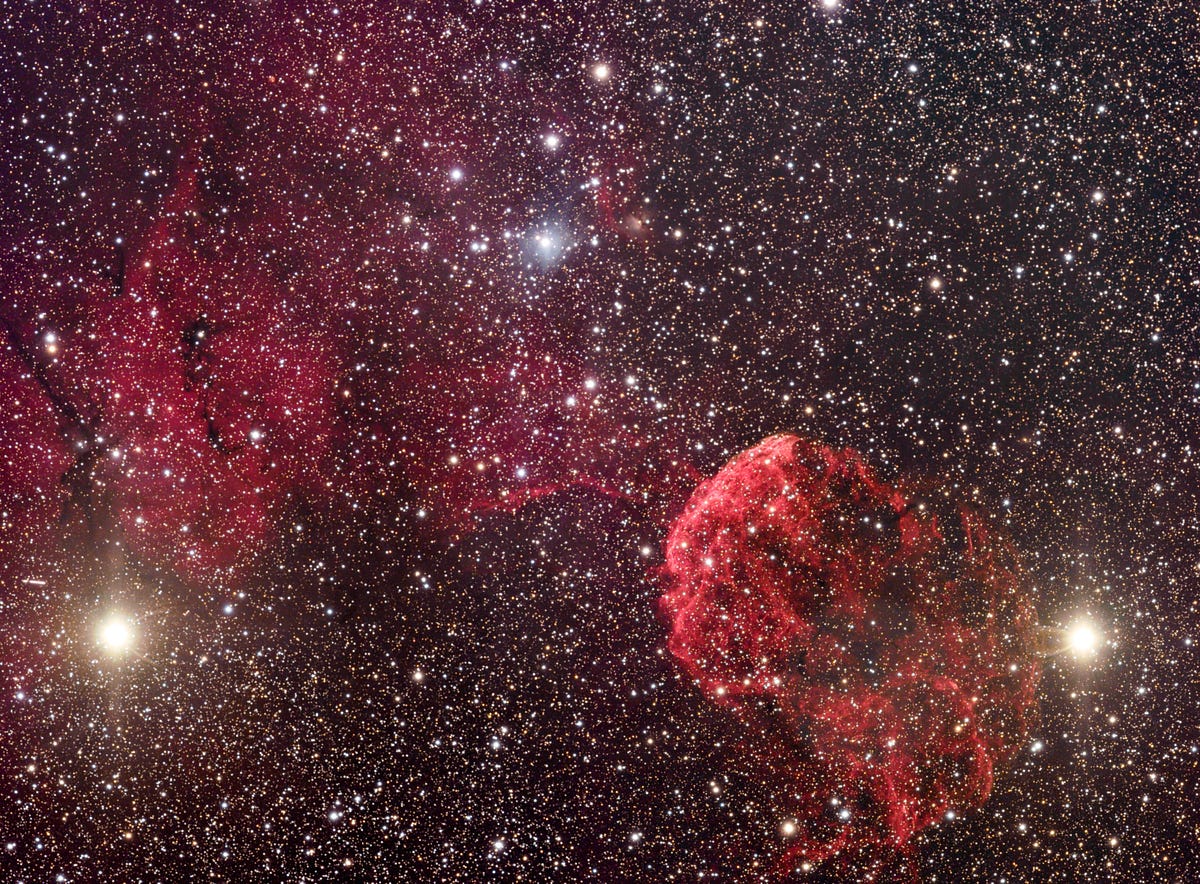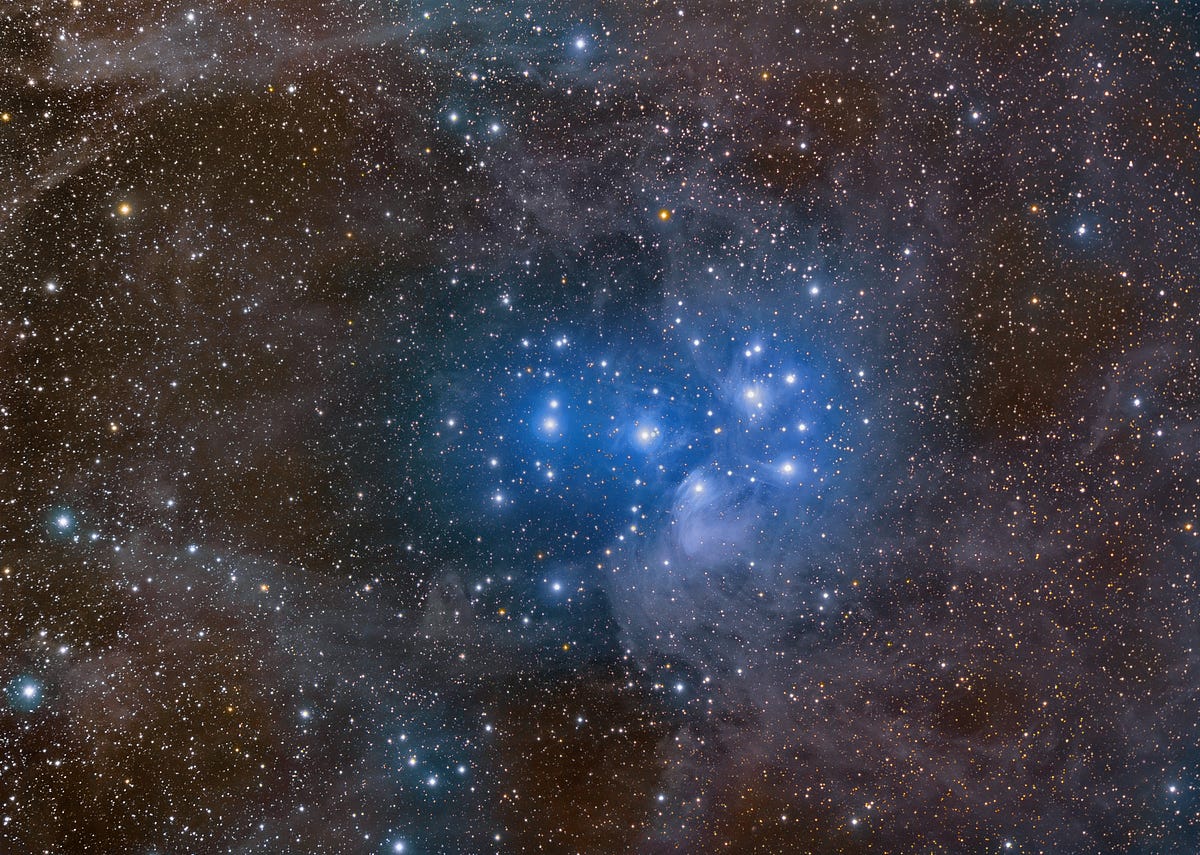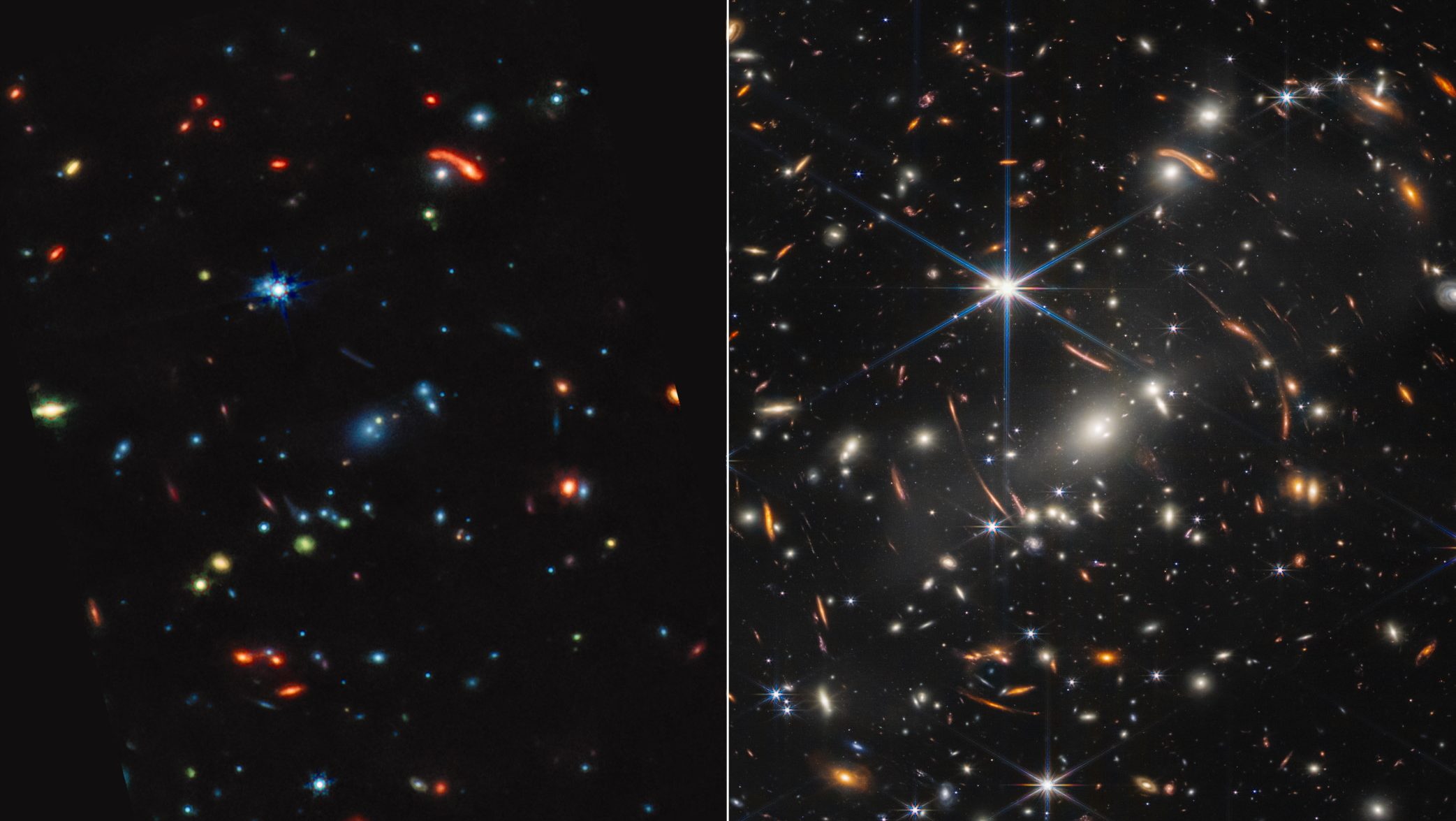Throwback Thursday: The Lives and Deaths of Sun-Like Stars
From how they’re born to how they live to the end of their life cycle, this story is common to them all.
“Man alone is born crying, lives complaining, and dies disappointed.”
–Samuel Johnson
But the stars, as opposed to humans, are born shining, with hundreds (at the very least) of brothers and sisters, shine ever more brightly over their lifetimes, and die in spectacular fashion. As far as we can tell, here’s the past, present and future story of all the Sun-like stars in our galaxy.

At some point in the far distant past, every star in our galaxy was once no more than a molecular cloud of gas, with gravity attempting to contract the cloud down into a point, as it always does.
But gravity typically can’t succeed at this on its own; the cloud needs to be cool enough and the internal pressure needs to be low enough for it to shrink. Simply waiting around for long enough will do it, if you wait for the internal temperature and pressure to drop. But that’s a process that can take millions to even billions of years! Unless you’re some of the very first ones to form in the Universe — when there’s no other option — it helps to get a nudge.

In our rough-and-tumble galaxy, a nearby supernova — triggered by previous generations of stars — can be just the thing necessary to coax a molecular cloud into collapsing.
Once that collapse starts, you’ll inevitably get one region that begins to accumulate more mass than the other regions around it. Because of the fact that gravitation is a runaway process, that initially more massive region will start to attract progressively more and more mass into a smaller and smaller volumen. Eventually, you’ll start to get runaway gravitational growth, as it begins preferentially attracting all the matter within its vicinity. But the cloud is still going to be dark, and won’t yet be visible to your eyes.
But you can see something, if you look beyond the limitations of your eyes.

Inside these dark molecular clouds where gas and dust is collapsing, the pressures and temperatures are rising faster than they can radiate that heat away. While the outer layers of gas and dust continue to block the visible light, the infrared light coming from the stars formed inside can pass straight through. Thanks to infrared space telescopes (like Spitzer), we can see the newly formed star clusters that are still in the earliest stages of infancy, as shown in yellow (with the red halo) above.
The thing is, these molecular clouds are far bigger than just a single solar mass.

Instead, these clouds range from many thousands to hundreds of thousands of solar masses. Maybe 10% of the initial mass of each cloud will contract to form stars, and then the radiation from the hottest of these newly formed stars blasts the remaining cloud apart into the interstellar medium.
That might be the end of that particular burst of star formation, but the interstellar medium is full of second (and third, and fourth, and so on) chances. The atoms and molecules of the interstellar medium will someday find new molecules to join with, form a new molecular cloud, and begin gravitational contraction anew. But the high mass that these clouds require before they begin to collapse means that there are literally many hundreds to up to hundreds of thousands of stars in a new star cluster.

Our Sun formed in a star cluster much like this — the Pleiades — some 4.5 billion years ago. The brightest, bluest stars are the most massive and will die too quickly to be anything like our Sun. The Sun-like stars are longer-lived, and will by-and-large outlive even the cluster they were born into.
How’s that?
Over time, gravitational passes between this star cluster and other objects in the galaxy, as well as close passes between the individual stars, will cause the cluster itself to dissociate over time, with individual stars being flung across space. (Break out your red-green glasses to get an amazing, 3D view of what’s happening to the Hyades, our closest star cluster. The Hyades is the fast-moving, right-to-left one, not the more compact downward-moving one!)

Most star clusters dissociate within the first few hundred million years from their birth, while Sun-like stars typically live much longer, with lifetimes in the billions or even trillions of years, depending on what their mass is.
Over most of their life, Sun-like stars burn at a relatively even rate, turning hydrogen into helium at a very even pace. The only variation is that, as a star burns through its fuel, the interior core region in which fusion can occur gets slightly larger, meaning that over its entire lifetime, it eventually and very gradually gets hotter and more luminous.

Eventually, it will have burned through so much fuel in the core — and it does so faster than new fuel can fall in from the outermost layers — that the core will run out of hydrogen, so that fusion only occurs in a shell around the core. This causes the star to become significantly more luminous, resulting in our star (and other Sun-like stars) becoming a subgiant star.

Procyon (above), the 7th brightest star in the sky, is a subgiant star, a phase of stellar evolution that lasts a few hundred million years, on the star’s way to becoming a true red giant, when it begins fusing heavier elements (like helium into carbon, oxygen, and possibly more) in its core!

At this point, the star becomes many, many times its original size, so large that the Sun will likely engulf Mercury, Venus, and possibly (but probably not) Earth when this happens.
Eventually, all the material that can be fused in the star’s core will be used up, while the outer layers of hydrogen and helium will be blown off. This happens slowly and in pulses at first, creating a protoplanetary (or preplanetary) nebula,

followed by a full-blown planetary nebula, where maybe 50% of the star’s original mass (and 97% of that will be pristine, unburned hydrogen) is returned to the interstellar medium,

and a white dwarf star, a degenerate core of carbon, oxygen, and in some stars, sulphur, silicon and even iron, will be left behind. While it may be 50% of the mass of the original star, it’s thousands of times dimmer and over a hundred times smaller in diameter.

It will take many trillions of years for this white dwarf to eventually radiate its heat away and cool to become a black dwarf, and that’s the eventual fate of all Sun-like stars.
But remember that all the stars that formed made up just 10% of the mass of the initial molecular clouds that birthed them, and then half of those stellar masses were returned again to the interstellar medium. Given that 95% of all the mass that initially formed these stars was eventually returned to the interstellar medium as burnable fuel, we’ll still have stars lighting our night sky for trillions upon trillions of years, and the atoms from our Solar System will be a part of innumerable future generations of them.
And that’s the story of the lives and deaths of Sun-like stars!
An older version of this post originally appeared on the old Starts With A Bang blog at Scienceblogs. Have a comment? Head over there to our forum!





